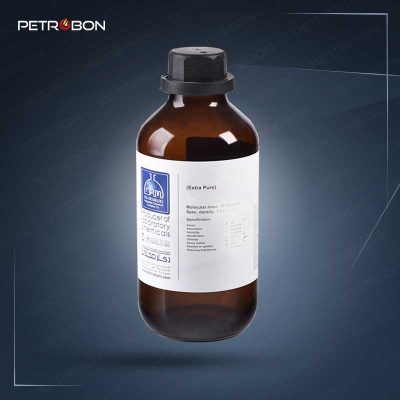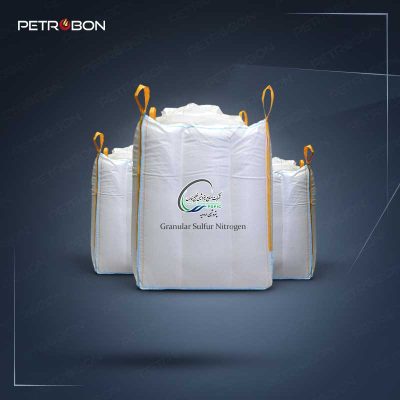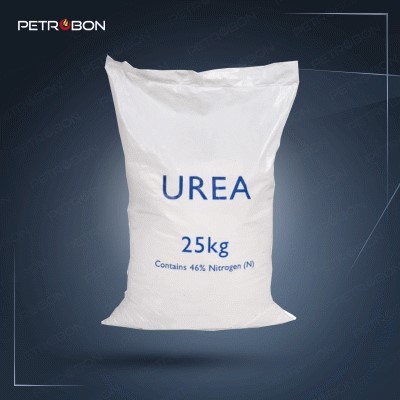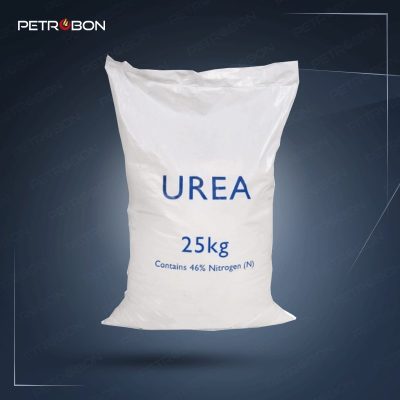What is chemical fertilizer?
Currently, chemical fertilizers (so-called black manure and white manure) play a role in providing about 40 to 60% of the world’s food resources. Chemical fertilizers contain one or more food sources required by plants, which can exist in all three forms: solid liquid or gas phases. These compounds can be added to the soil, sprayed directly on the plant itself (plant leaves) or dissolved in water and added to the plant soil. The use of these materials is used to improve soil quality, increase crop yield or improve the quality of the product.
The use of these fertilizer’s dates back to the nineteenth century. When the agricultural industry expanded, the amount of animal or plant fertilizers required was limited. The first attempts to produce chemical fertilizers on an industrial scale from the extraction of potassium from German mines began in 1860, and around the same years the first commercial unit for the production of phosphate chemical fertilizers from urea phosphate was formed. Fertilizers is a subset of chemicals.
1- Nitrogen or nitrogen fertilizers or so-called white fertilizer (N):
White chemical fertilizer contains the element nitrogen in the form of nitrate, which is necessary for the growth of many plants, and therefore this fertilizer can be used to help the growth of a wide range of plants. It has a very good solubility and dissolves easily in water and is quickly available to the plant.
Some of the nitrogen fertilizers are:
- Urea fertilizer
- Ammonium sulfate
- Calcium Nitrate
How to produce:
These fertilizers are often made from natural gas. During several stages, natural gas, especially methane, combines with nitrogen in the air to produce nitrogen fertilizers. Note that 80% of natural gas is used to make nitrogen fertilizers. However, only 20% of gas is used for heating processes and electricity generation
With the help of this gas, two basic substances of ammonium nitrate and urea are produced and then by adding different types of additives, different nitrogen fertilizers can be produced. For example, phosphorus and potassium additives are used to make complete fertilizer. Dolomite additive is used to form CAN or UAN can be produced by mixing urea and ammonium nitrate solution.
2- Phosphate fertilizers or so-called black manure (P):
After nitrogen fertilizers, this type of chemical fertilizer is the most widely used type of fertilizer in the world. These compounds are essential for the proper growth of plant roots. They help increase crop yields and increase plant resistance to a variety of diseases. Black chemical fertilizer provides the element phosphorus for a variety of plants, including pots, trees and crops.
Some phosphate fertilizers are:
- Diammonium phosphate
- Mono-ammonium phosphate
- Triple superphosphate
- Simple superphosphate
How to produce:
Phosphate fertilizers are produced by acidifying phosphate rocks. It should be noted that phosphate rock is not soluble in itself and therefore cannot provide phosphorus to the plant. Many sources of phosphorus are sediments on the ocean floor, which are later increased by land floods. These sediments can contain a variety of minerals, so contamination of these rocks with heavy metals such as cadmium is another issue to consider.
Other sources of phosphate rock are igneous rock deposits obtained from molten lavas of volcanoes. This source contains less pollutants. The Yara mine in Finland is a good source of this type of phosphate rock. As mentioned, these stones are processed with acids such as phosphoric, sulfuric or nitric. The use of each of the mentioned acids has its own advantages and disadvantages. For example, the use of sulfuric acid produces low-concentration phosphorus fertilizers, such as simple superphosphate. However, the use of phosphoric acid can produce higher concentrations of these substances.
The use of nitric acid leaves almost no residue and produces two fertilizers:
1.Nitrophosphates that combine with potassium to produce NPK complex fertilizers such as YaraMila.
- Calcium nitrate, which is obtained from the combination of nitric acid with calcium in phosphate rock.
It should be noted that the limitation of the use of nitric acid is such that when using it, the amount of phosphate in the fertilizer cannot be more than the amount of nitrogen.
3- Potash fertilizers (K):
Chemical fertilizers containing the element potassium are called white fertilizers. Its types include potassium chloride (KCl), potassium nitrate fertilizer (KNO3) and potassium sulfate. This type of fertilizer also helps the overall growth of the plant, especially the growth of its roots, and increases its resistance to various diseases.
Some potash fertilizers:
- Potash fertilizer
- Potassium sulfate
- Potassium chloride
- And Etc.
How to produce:
Most of the potassium used in fertilizer production is obtained from natural sediments of potassium chloride and then rock and salt fragments are removed from it. Deposits of potassium sulfate and potassium nitrate are other sources of these fertilizers that are less common. However, if these sources are used, the stones and salt in them must also be removed. The main sources of potassium chloride are the Dead Sea.
Guide to choosing the right chemical fertilizer
Many fertilizers on the market today contain all three essential elements needed for plant growth mentioned above, and they are called complete fertilizers. It must have happened to you that when you buy this type of chemical fertilizer on its packaging in the fertilizer type information section, you can see its percentage composition as three in a row. But what are these numbers? These numbers actually indicate the amount of nitron, phosphorus and potassium in the fertilizer, respectively, and you can choose the chemical fertilizer (so-called black manure or white manure) suitable for the plant according to the needs of your plant according to this. Choose numbers that represent the composition of the percentage.
chemical fertilizers disadvantages:
Chemical fertilizers have positive effects on agricultural production and consequently the economy of countries. However, the use of these chemicals also has the following disadvantages:
Chemical fertilizers affect microorganisms that live in the soil. The acidity of these substances changes the pH of the soil and thus changes the microorganisms in the soil. Prolonged use can cause the growth of pests and the destruction of microbes in the soil.
These codes are generally completely soluble in water, and some of them enter groundwater without much effect on the plant. As water becomes contaminated, the chemicals reach the subsoil, creating a layer of impermeable, hard soil in contact with the clay.
Chemical vapors provide the plant with large amounts of compounds such as nitrogen and phosphorus in a short period of time. The presence of these elements in contact with each other can cause disease in the plant.
Although the use of these fertilizers has many benefits for the plant and its growth, but it has no advantage for the soil and its long-term use can destroy the soil.
The use of excess nitrogen causes the production of greenhouse gases and nitrous oxide and their entry into the atmosphere. Generally, the production of these gases is more than the amount absorbed by plants, and as a result, they will have effects such as global warming.
One of the concerns about the continuous use of these materials is the depletion of soil from essential materials. As a result, the chemicals produced from these soils contain fewer vitamins and minerals.
Manufacturers of chemical fertilizers:
The raw material of chemical fertilizers in Iran is produced in Khorasan, Razi, Pardis, Shiraz and Kermanshah petrochemicals. There are different ways to buy from these petrochemicals. Or you can act directly that you must be familiar with all the rules of each petrochemical and participate in the auction of each petrochemical. Or you can buy with commercial service companies that are familiar with all these matters and have a high reputation. Petrobon Trading Company is one of the most reputable trading companies for purchasing raw materials from Iran.
Chemical fertilizer prices:
In order to receive the table of types and price list of chemical fertilizers and purchase it, you can contact the experts of the petrochemical raw materials sales department of Petrobon Company. You can also find all the chemical fertilizer products in the product introduction section and refer to the price chart, to be informed of the latest price of your desired product.
In this article, we tried to introduce chemical fertilizer and its properties. And we named its producer. You can refer to the website of Petrobon Trading Company to know the purchase price of raw materials and see the weekly price change of each product in a graph. We hope you find this article interesting and useful.




